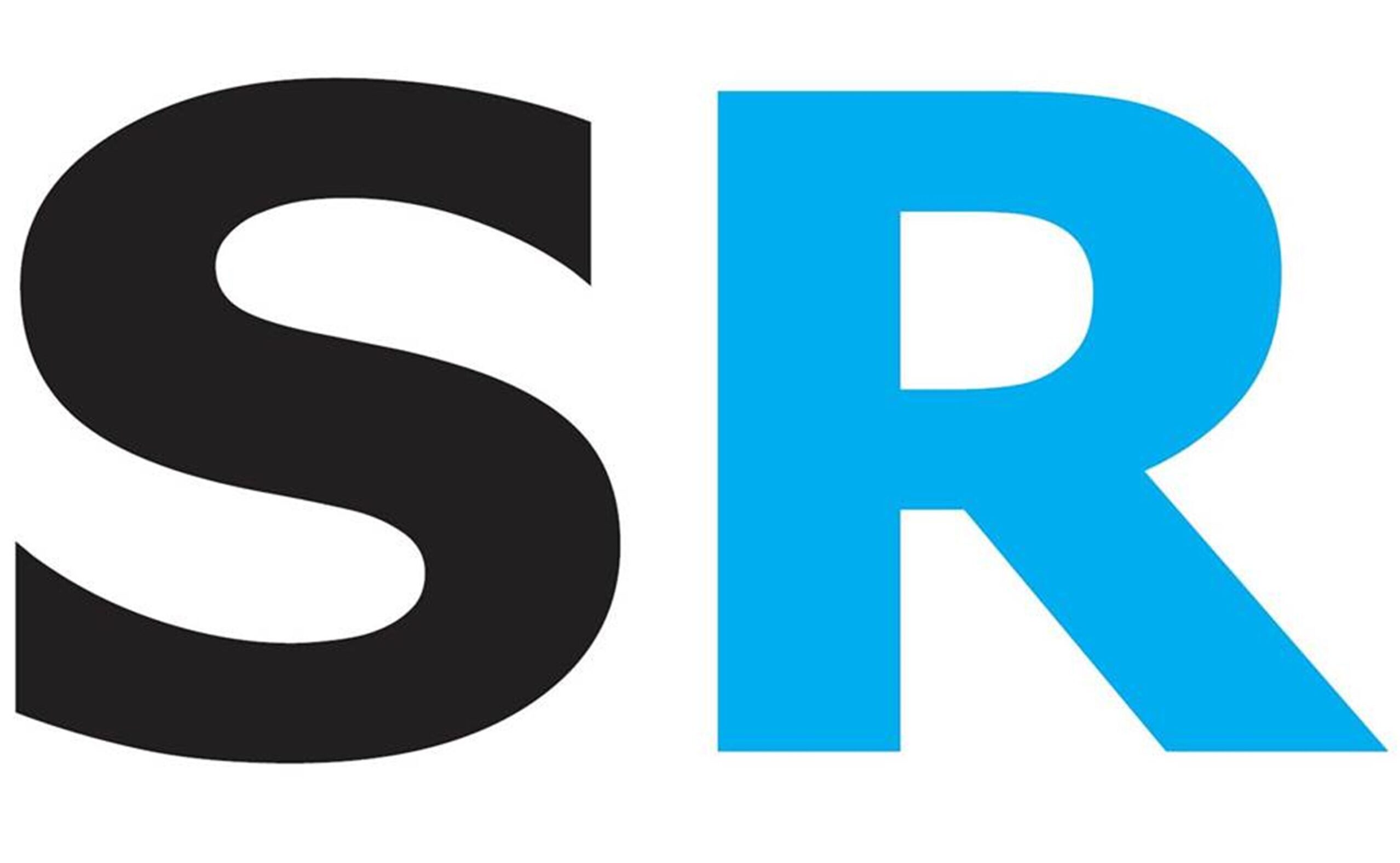Leveraging data analytics can enhance operational efficiency in manufacturing. For instance, you can uncover patterns and trends, identify anomalies and errors, and monitor key performance indicators (KPIs).
How Leveraging Data Analytics Helps Improve Operational Efficiency in Manufacturing
Gaining a deeper understanding of your manufacturing operations helps improve efficiency and productivity in multiple ways:
- Optimize resource allocation
- Streamline workflows
- Detect defects
- Enhance quality and reliability
- Ensure compliance
Impact of Leveraging Data Analytics in Manufacturing
The use of data analytics in manufacturing helps increase innovation, customer service, and value-added features. As a result, you can deliver consistent, customized, high-quality products. These actions help strengthen your bottom line.
Sources and Types of Data Collected in Manufacturing
Your manufacturing goals and challenges impact the sources and types of data collected:
- Sensors and devices collect data from the machines and equipment.
- Software and systems capture transactional data and record operational data.
- People and processes generate qualitative data.
- The data can be structured, unstructured, or semi-structured.
- The information and collection processes vary in speed, volume, and accuracy.
- People verify the security, completeness, relevance, and accuracy of the data.
- People turn the data into actionable insights.
Data Analysis Tools for Manufacturing
Your desired functionality and features impact the tools used to handle the sources and types of data:
- Data integration tools extract, transform, and load data from multiple sources and formats.
- Data warehouse and database tools store, organize, and query data from a centralized location.
- Data analysis tools perform descriptive, predictive, diagnostic, and prescriptive analytics.
- Data visualization tools create interactive dashboards, charts, graphs, maps, and other data representations.
Data Analysis Techniques for Manufacturing
Your needs and preferences impact the techniques used to analyze the data:
- Data exploration and discovery help you understand the data and uncover patterns and relationships.
- Data mining and machine learning extract information and build predictive models.
- Data quality and validation check for errors, outliers, and inconsistencies.
- Data storytelling and communication help you present data insights, findings, and recommendations.
Best Practices for Leveraging Data Analytics in Manufacturing
Follow these best practices to leverage data analytics for operational efficiency in manufacturing:
- Define your goals and metrics to measure performance and quality outcomes.
- Identify your data needs and sources to provide relevant, reliable information.
- Select relevant tools and techniques to analyze the data in a scalable way.
- Test and refine your data analysis processes to ensure accuracy and validity.
- Share and act on your data insights and findings to improve decision-making and implementation.
Are You Looking To Grow Your Manufacturing Team?
Reach out to Staff Right Solutions for help to hire data analysis professionals who can benefit your manufacturing firm. Contact us to learn more today.

